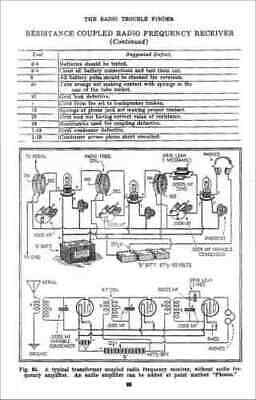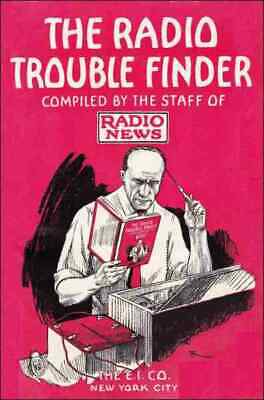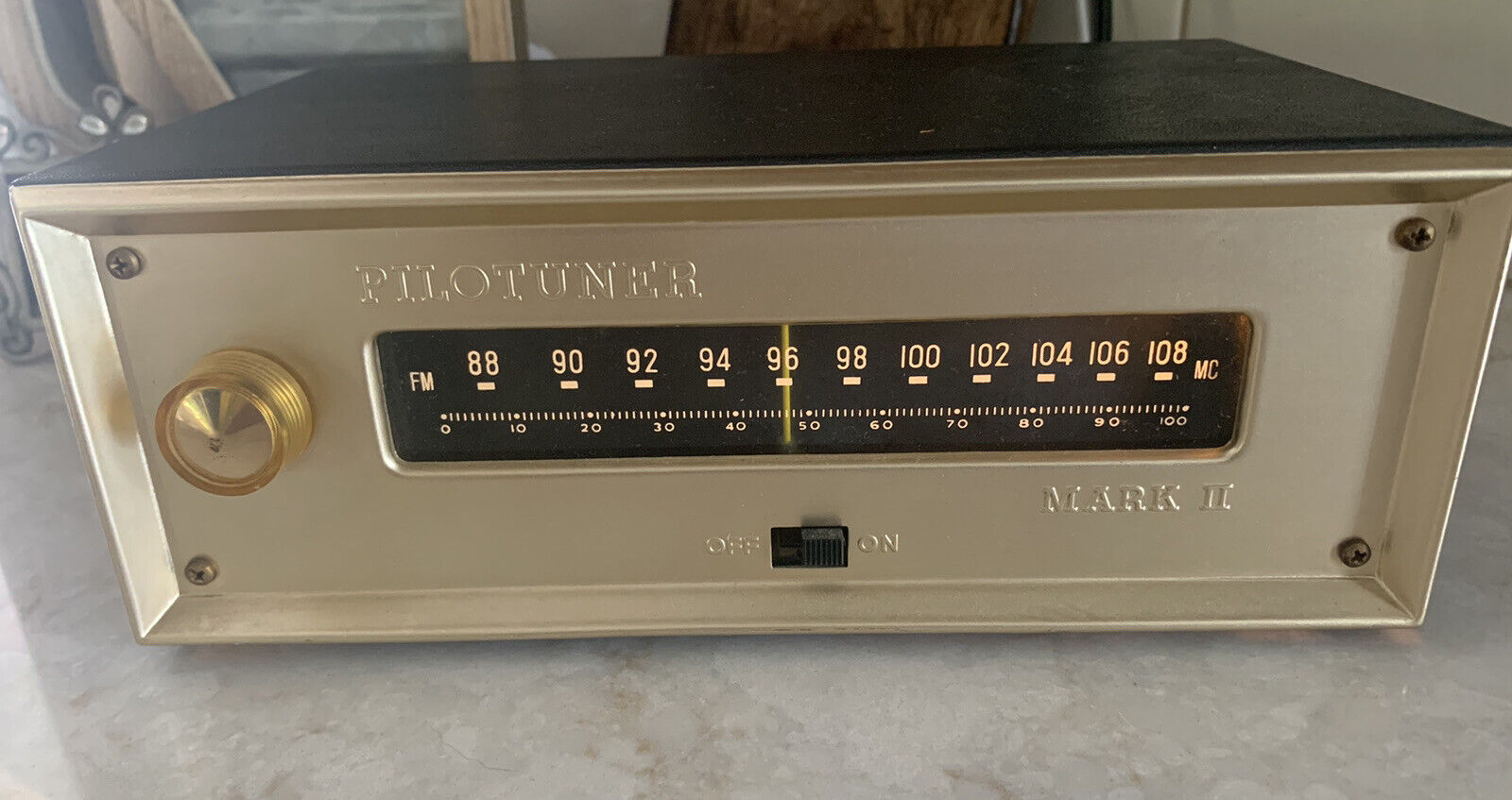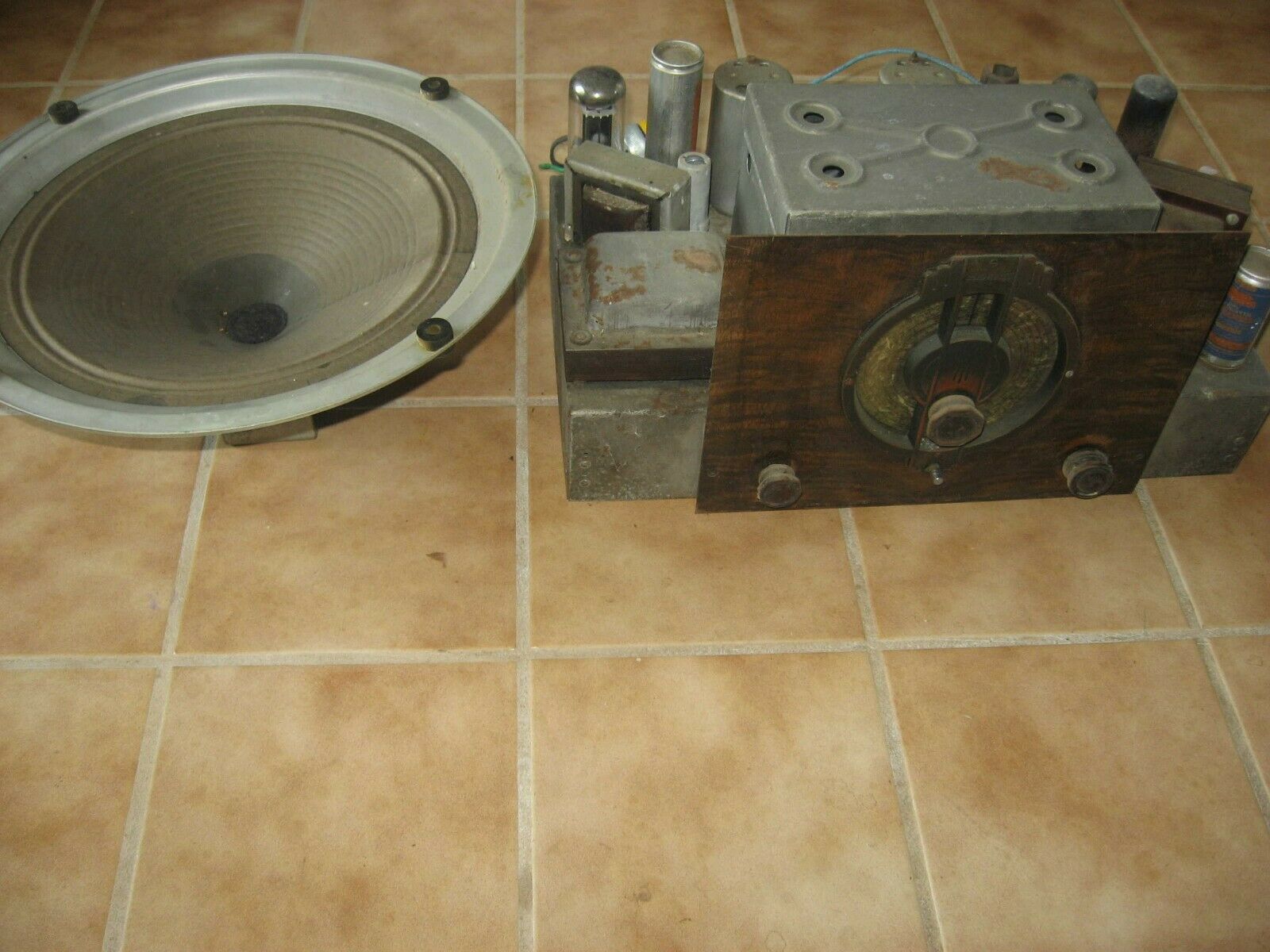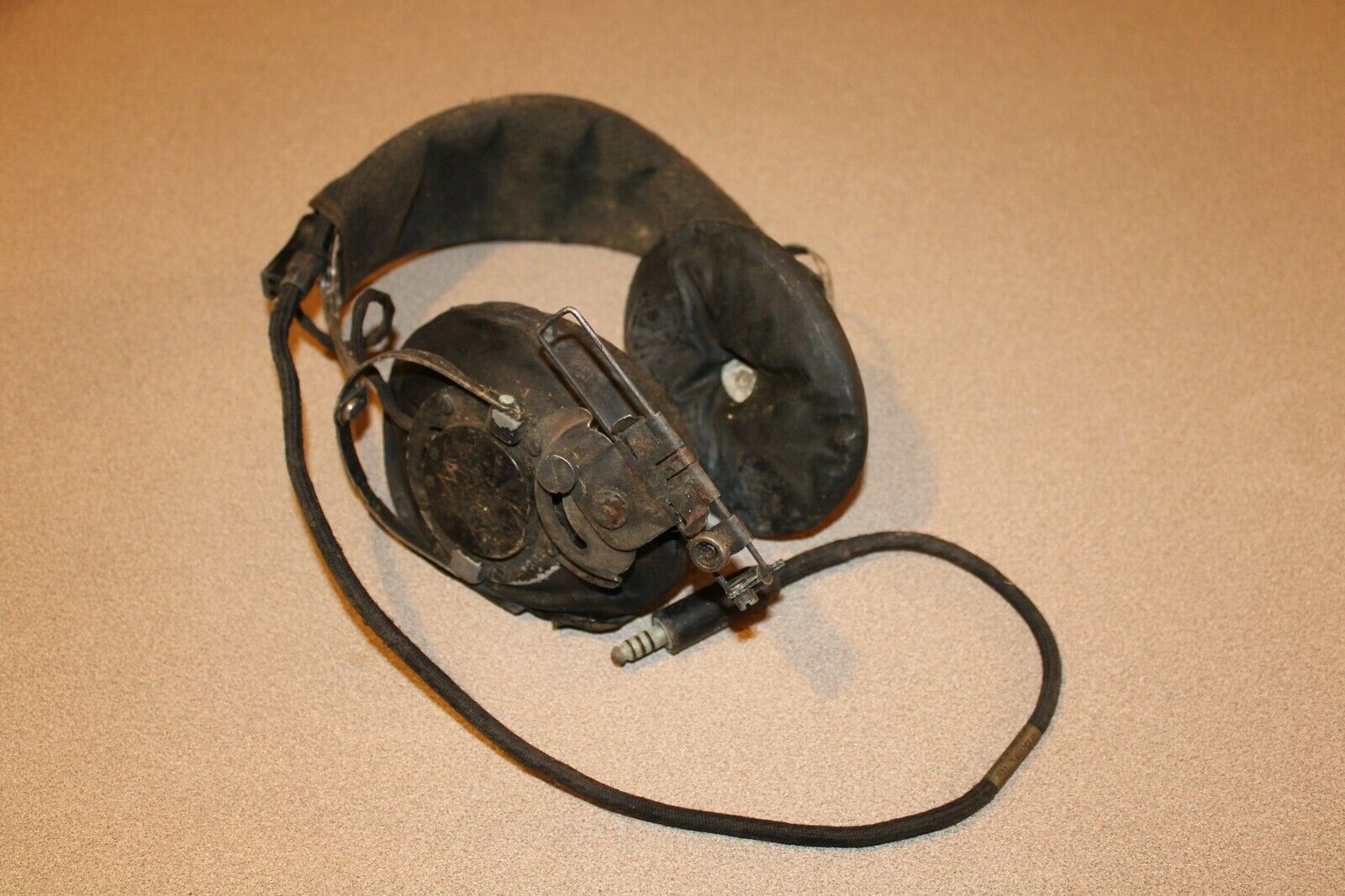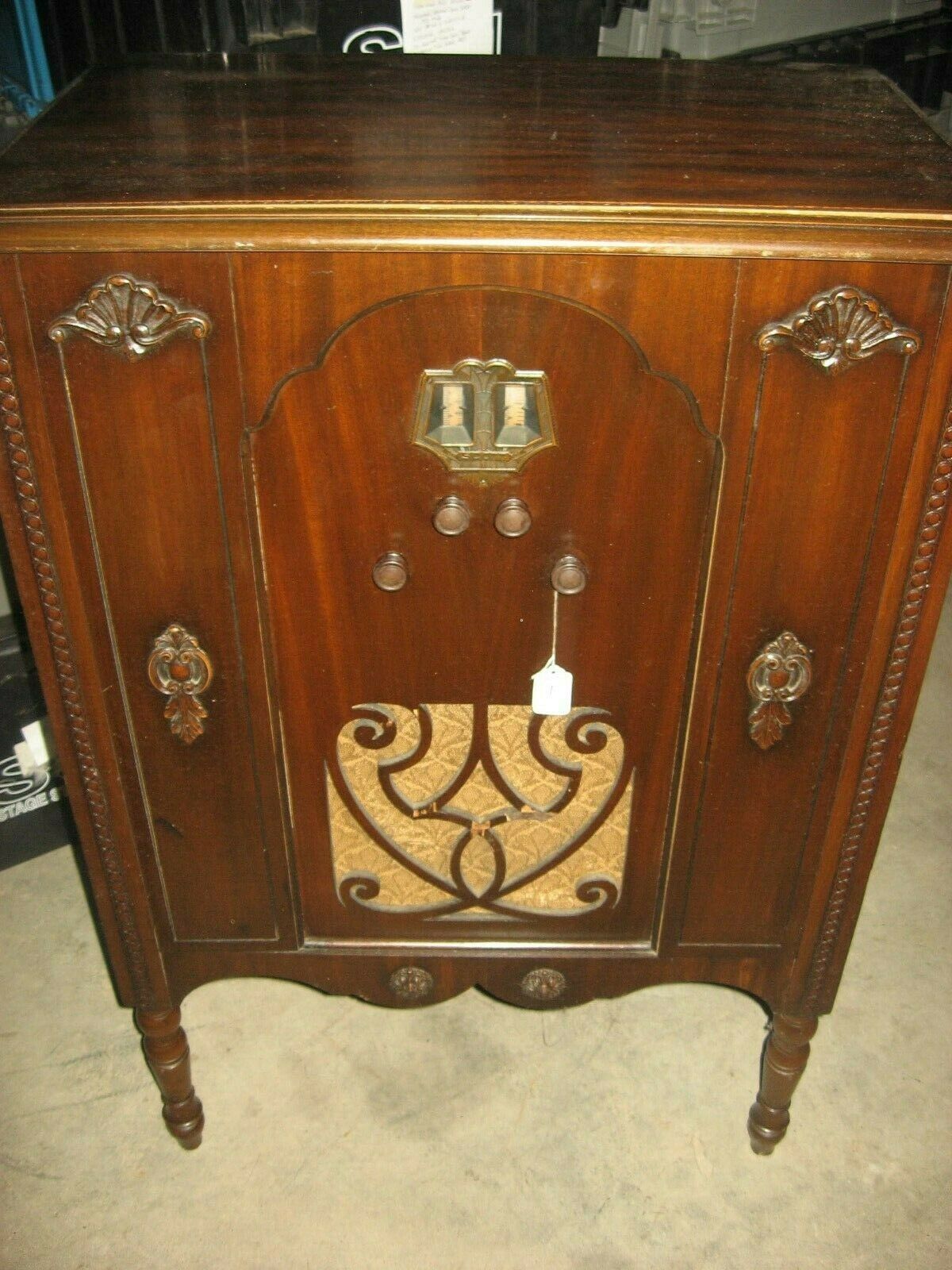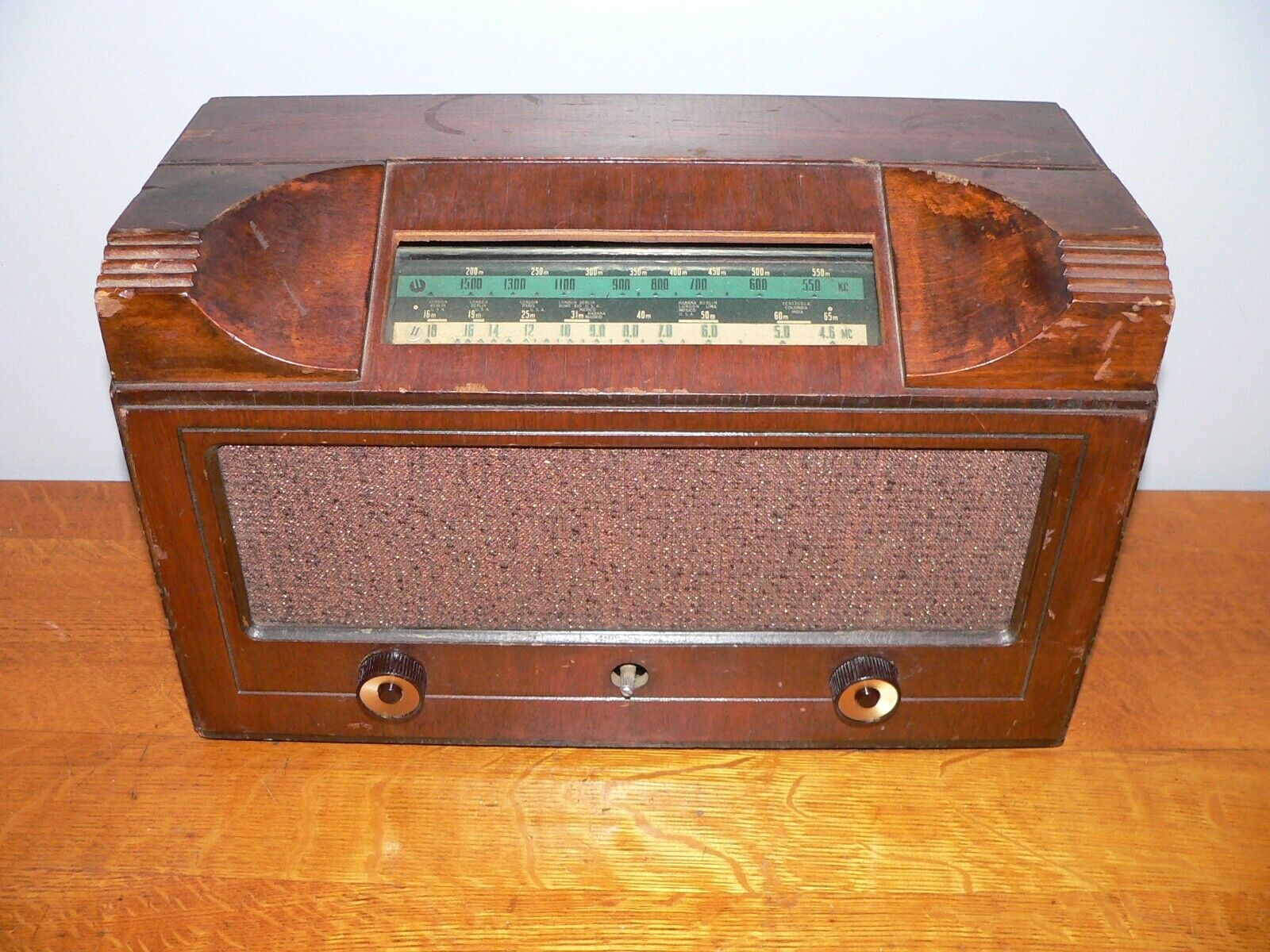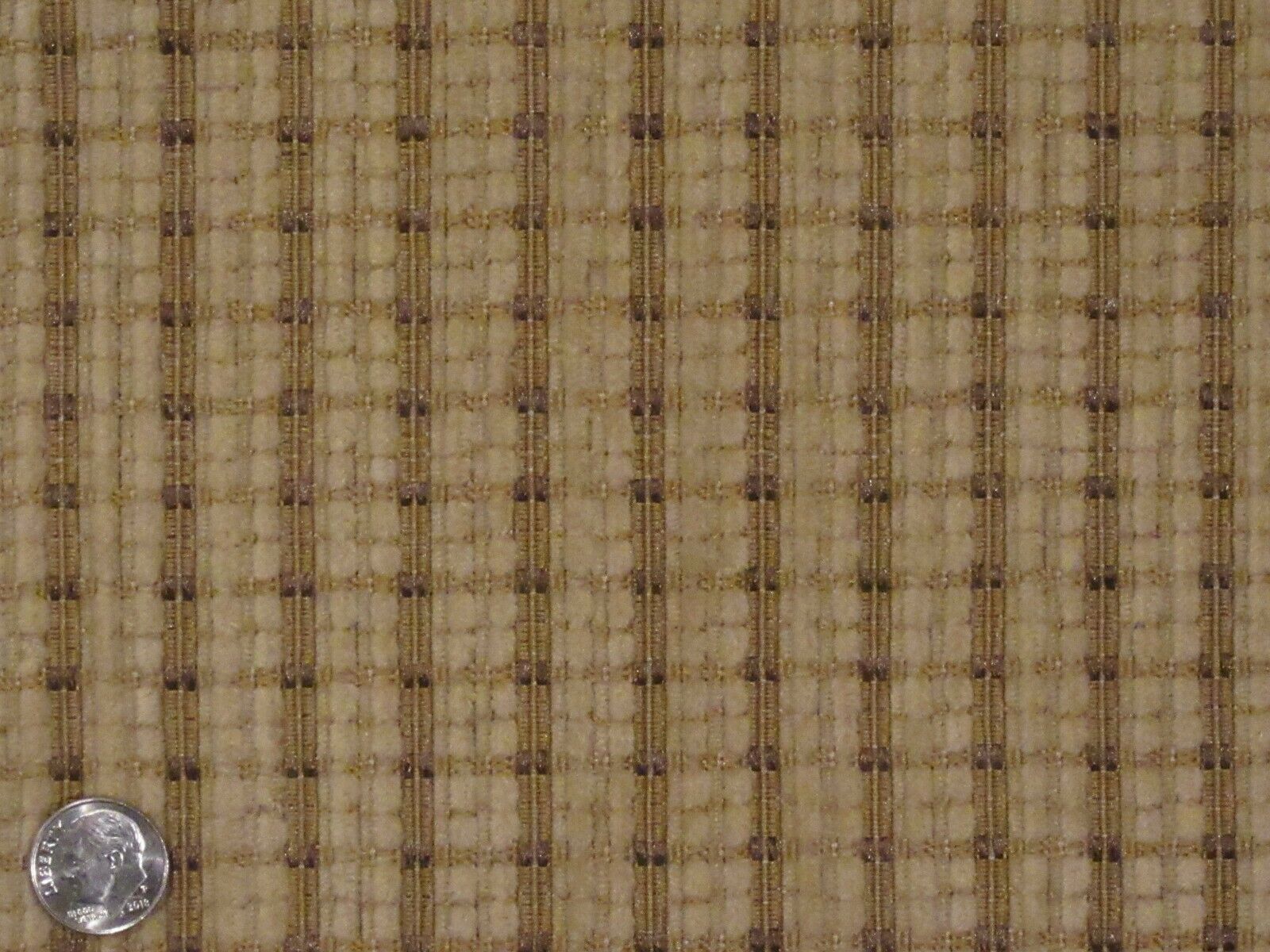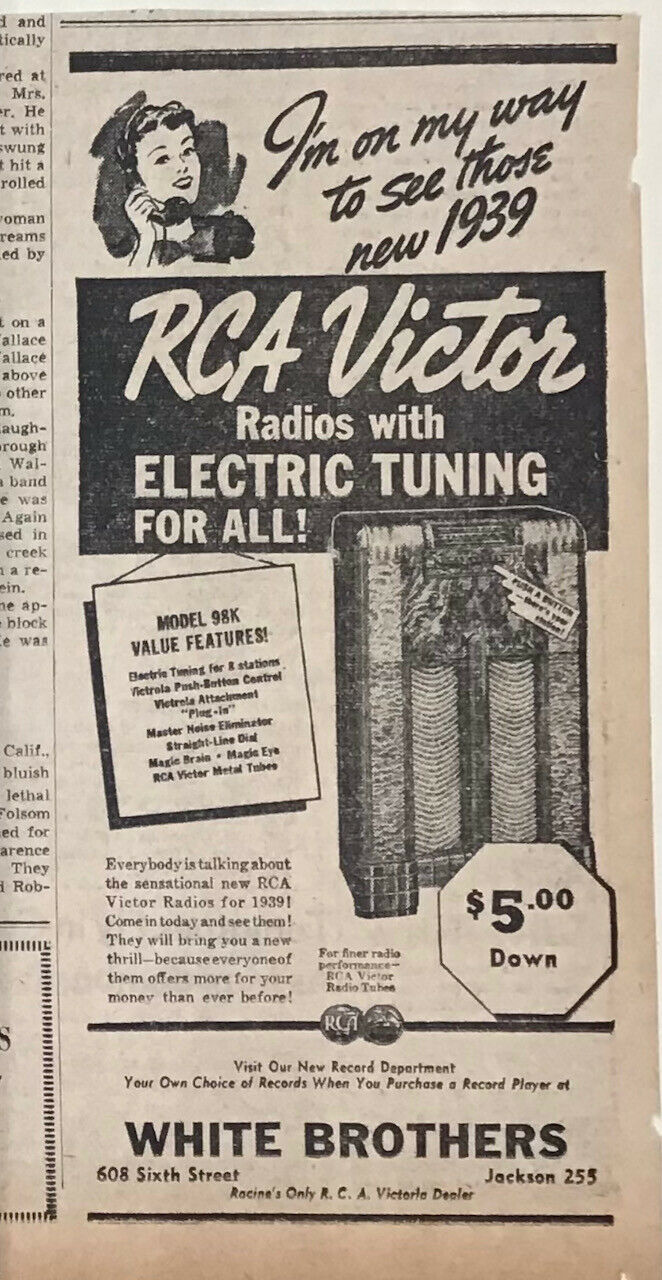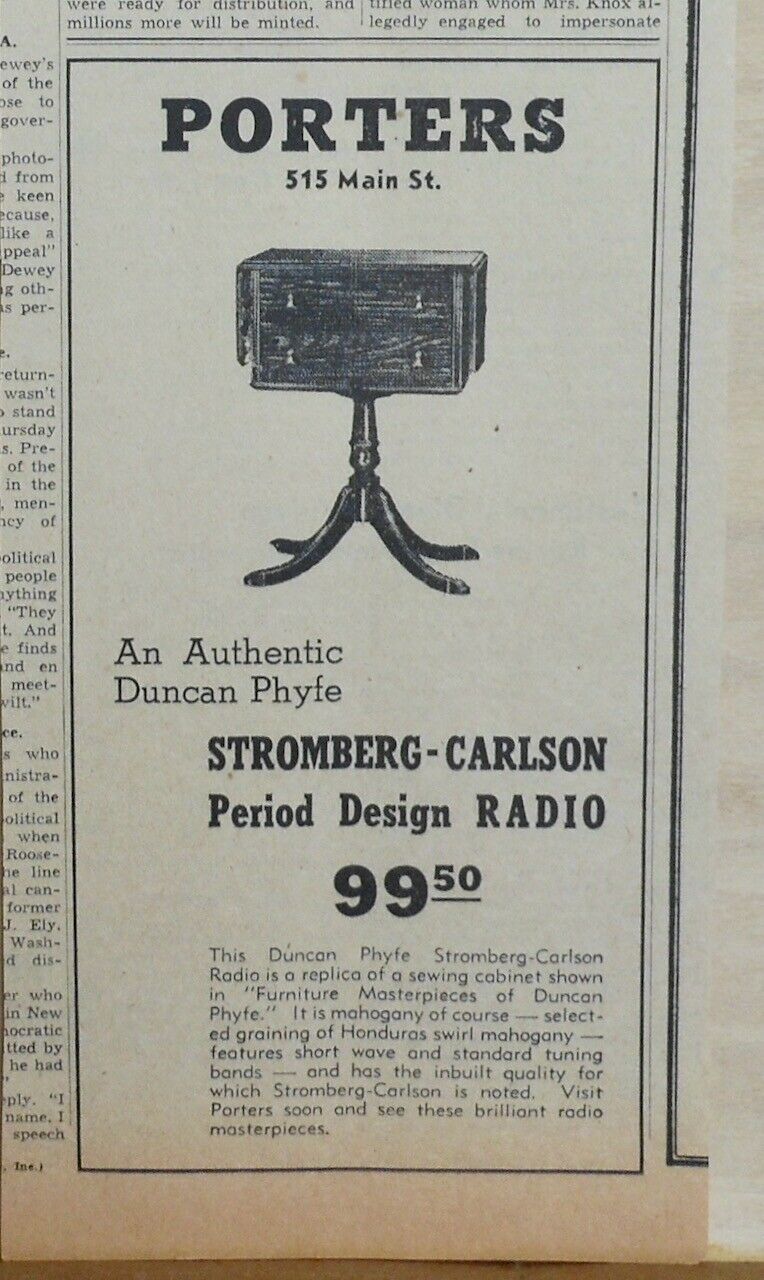-40%
1926 - The Radio Trouble Finder 1926 - NEW reprint
$ 5.79
- Description
- Size Guide
Description
The Radio Trouble Finder, compiled by the staff of Radio News, originally published by the E.I. Co., New York, NY, 1926. Reproduced by Nation Builder Books, Mebane, NC, 2013. 6 x 9 paperback booklet, 48 pages.
Please note this is a photocopied reproduction, not an original. The accompanying pictures have been scanned from a reproduction, not the original.
With Lindsay retired (and finally able to indulge his inner juvenile delinquent), there are not many sources to get good, old vacuum radio books from. So, welcome to my bizarre little corner of the galaxy! Where what’s old is cool, and what’s new is a dastardly commie infernal device made in China. Up with good old American-made RCA Radiolas, Kent Atwaters, Crosley Cathedral Tubes, and Zenith Transoceanics, and down with Chairman Mao’s iPhone!
If you’re into old-fashioned ham radio or an antique radio collector and restorer, and you’re just itching to do some trouble-shooting, then this is the book for you!
Contents:
General Faults
Aerial Faults
Tuner Faults
Detector Faults
Audio Amplifier Faults
Radio Frequency Amplifier Faults
Reproducer Faults
Chart for locating cause of trouble in a radio receiver, classified according to General Symptoms (pages 14 to 20)
Tests to be applied to various parts or pieces of apparatus to locate defects, etc.
Phone Test
”A” Storage Battery Run Down
”A” Battery Polarity Reversed
”B” Battery Run Down
Aerial or Ground Poor
Open Circuit in Antenna Inductance
Open Circuit in Secondary Inductance
Grid Variometer Defective
Aerial Variometer Connections Poor
Short Circuit in Coils
Condensers Defective or Shorted
Condensers - Variable
Plug Shorted or Not Making Contact
Jack Troubles
Rheostats
Potentiometers
Transformers
Tube Sockets
Grid Leak Defective
Resistance of Grid Leak of Improper Value
Resistance Used for Coupling Defective
Interstage Coupling
Damp Coils
Poor Contact or Condensor Leads Reversed
Plate and Grid Leads Too Close Together
Grid Condenser Capacity Too High
”B” Battery Voltage Too Great
Defective Headphones
Defective Tubes
Tubes Not Neutralized
Phone Condenser Too High Capacity
Catwhisker Not Making Contact with Crytal
Corroded Catwhisker
Crystal Poor or Burned Out
Defective Radio Frequency Transformers
Wrong Connection to Oscillator
Resistance Coupled Radio Frequency Receiver
Tuned Radio Frequency
Regenerative Receivers
Neutrodyne Receiver
Reflex Circuits
Super-Heterodyne Receivers
Storage Cell vs. Dry Cell
Current for Vacuum Tubes
Table of Characteristics of Receiving Vacuum Tubes
How Long the Battery Lasts
Why Dry Cells are Used
The Kind of Tubes Which Operate on dry Cells
